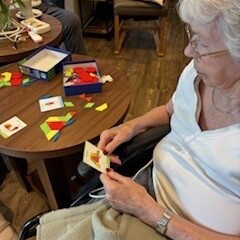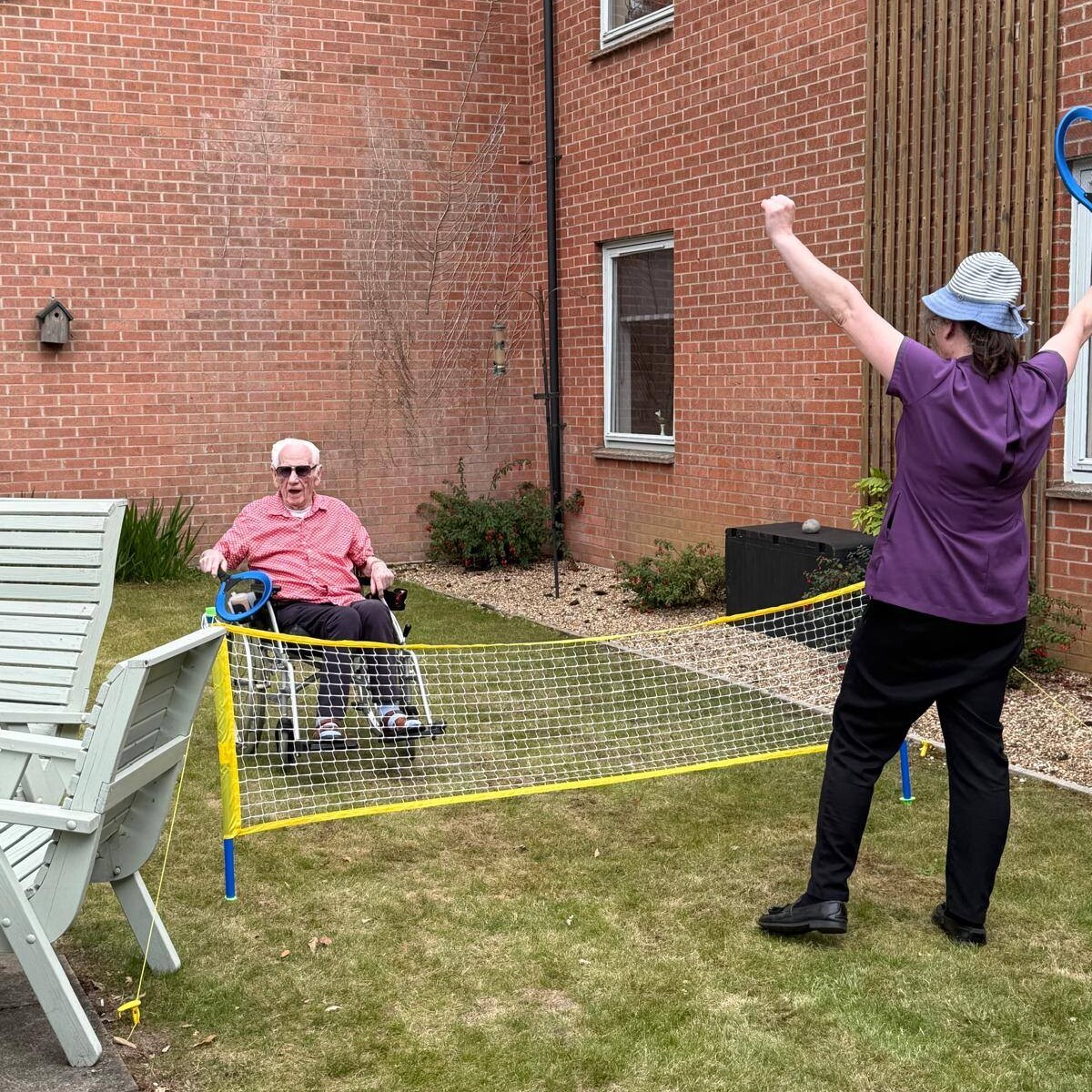Choosing the right residential care home for yourself or a loved one is one of the most important decisions you can make. With so many options available, it can feel overwhelming trying to determine which environment will provide the best care, comfort, and quality of life. At Oakwood House Care, we understand the weight of this decision, which is why we’ve created this guide to help answer a key question many families ask: what should I look for in residential care?
1. A Warm, Welcoming Environment
One of the first things you’ll notice when visiting a care home is its atmosphere. Does it feel like a home or more like an institution? Are residents engaged, smiling, and relaxed? The environment should promote dignity, comfort, and a sense of community. Look for inviting common areas, personalised rooms, and outdoor spaces where residents can relax safely.
When considering what should I look for in residential care, think about how the home makes you feel as you walk in — it should offer a genuine sense of warmth and welcome.
2. Professional and Compassionate Staff
The quality of care heavily depends on the people delivering it. Staff should not only be highly trained and qualified, but also compassionate, patient, and respectful. Observe how caregivers interact with residents — do they take time to listen, chat, and treat individuals with kindness?
At Oakwood House Care, we pride ourselves on building trusted relationships between residents, families, and our staff. We believe exceptional care is about people, not just procedures.
3. Personalised Care Plans
Each resident should receive care tailored to their unique needs, preferences, and routines. This includes support with daily activities, personal care, medication, and even dietary requirements. A good care home will regularly update these care plans and involve families in the process.
If you’re asking what should I look for in residential care, always check whether the home provides individualised care planning and whether residents are encouraged to be involved in decisions about their care.
4. Safety and Cleanliness
Safety should never be compromised. The care home should have robust procedures for emergencies, falls prevention, infection control, and secure premises. At the same time, cleanliness should be evident throughout — a clean environment contributes directly to residents’ health and wellbeing.
Ask about hygiene practices, infection prevention, and whether regular audits are conducted. These factors are particularly critical in today’s post-pandemic world.
5. Engaging Activities and Social Opportunities
A fulfilling residential care experience goes beyond just meeting physical needs. Social interaction, mental stimulation, and purposeful activities contribute to emotional well-being. Whether it’s arts and crafts, gardening, group outings, or gentle exercise classes, regular activities help residents maintain a sense of identity and joy.
When families ask us what should I look for in residential care, we always highlight the importance of enrichment opportunities. A good care home will have a varied activities programme led by dedicated staff who tailor events to residents’ interests and abilities.
6. Good Nutrition and Mealtimes
Food plays a vital role in health and happiness. Mealtimes should be nutritious, appealing, and enjoyable. Look for menus that offer variety, cater to dietary needs, and reflect personal preferences. It’s also a good sign if residents can dine together — meals are a wonderful time for social connection.
During a visit, ask to see a sample menu or try a meal. Observing how food is served and whether residents enjoy their meals can give great insight into the overall care culture.
7. Positive Reviews and Transparent Communication
Reputation matters. Read reviews, ask for testimonials, and speak with other families if possible. Reputable care homes will be open about their inspection reports, policies, and feedback processes. They will also keep families updated and involved in their loved one’s care.
If you’re still wondering what should I look for in residential care, transparency is a key indicator. A care home should welcome your questions and provide clear, honest information.
8. Location and Accessibility
While not always the top priority, the home’s location can make a big difference. Is it close enough for family visits? Is it situated in a peaceful area, yet easily accessible by transport? Residents benefit from staying connected to their loved ones and local community, so proximity does matter.
Final Thoughts
So, what should I look for in residential care? The answer lies in a blend of professional care, personal connection, and a nurturing environment. Take time to visit homes, talk to staff, and trust your instincts. The right residential care setting should feel not just safe and supportive — it should feel like home.
At Oakwood House Care, we’re here to answer your questions, support your journey, and provide a warm, enriching place for your loved ones to thrive. Contact us today to arrange a visit or speak with a member of our friendly team.

Related News
October 21, 2025
Respite Care Homes Near Me in Norwich
October 21, 2025
What is Residential Care in a Care Home?
October 21, 2025
What is Residential Care?
October 9, 2025
How do I know Residential Care is Right for me?
October 9, 2025
The Difference Between Residential Care & Nursing Care
October 7, 2025
Should I consider Residential Care for my Parents?
September 30, 2025
What is a Residential Care Home?
September 30, 2025
How Do I Approach Finding Residential Care?
September 10, 2025
How do I Know if Residential Care is the Right Choice for Me?
September 10, 2025
What should I expect from Residential Care?
August 20, 2025
What are the Key Benefits of Residential Care?
August 20, 2025












